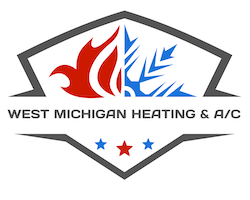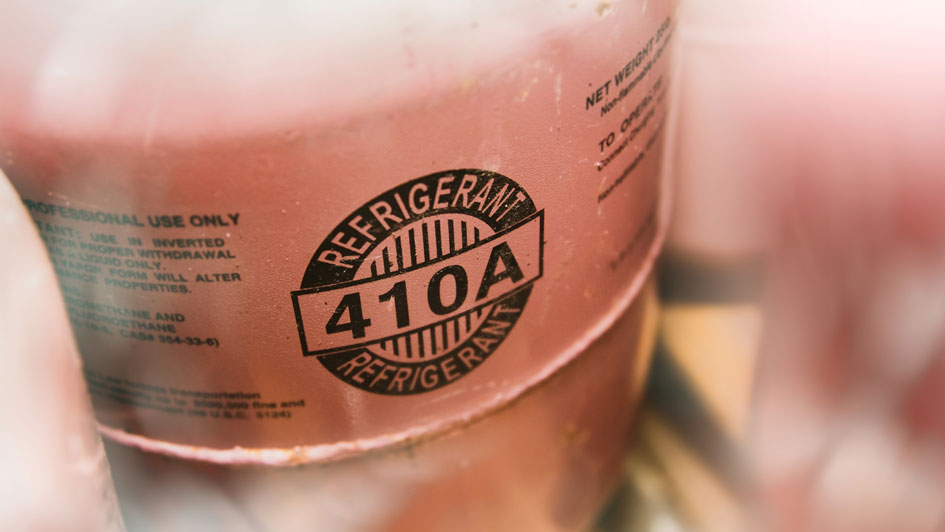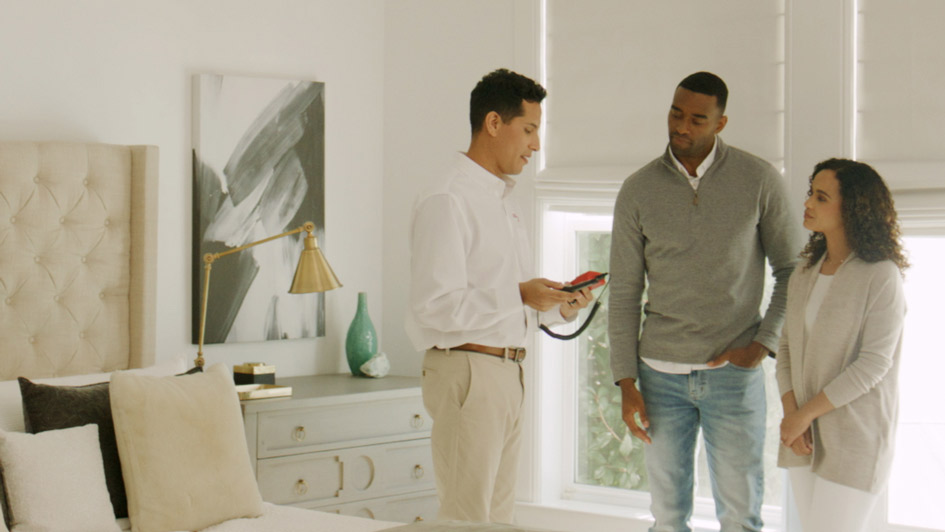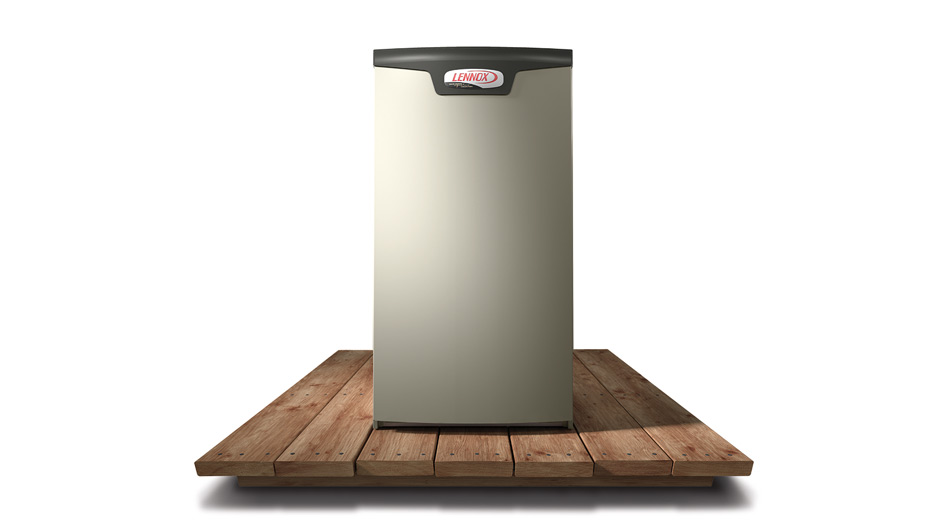Blog
Serving Hudsonville and These Areas
West Michigan Heating & Air Conditioning Services
3640 Highland Drive
Hudsonville, MI 49426
Phone: (616) 319-1436
License # 7119254
M-Thurs: 7:00am - 4:00pm | Fri: 7:30am - 2:00pm
About West Michigan Heating & Air Conditioning Services
At West Michigan Heating & Air Conditioning Services, your home comfort is our highest interest. That’s why we supply reliable HVAC systems and outstanding work in Hudsonville. Our technicians are skilled in a full range of services, so you can have confidence in your results. They’ll provide the support you need, whether it’s installing a new HVAC system or repairing and tuning up your present equipment. We’re ready to help with all of your needs, so call us at (616) 319-1436 or contact us online to request an appointment now.
© 2025 West Michigan Heating & Air Conditioning Services | All rights reserved












